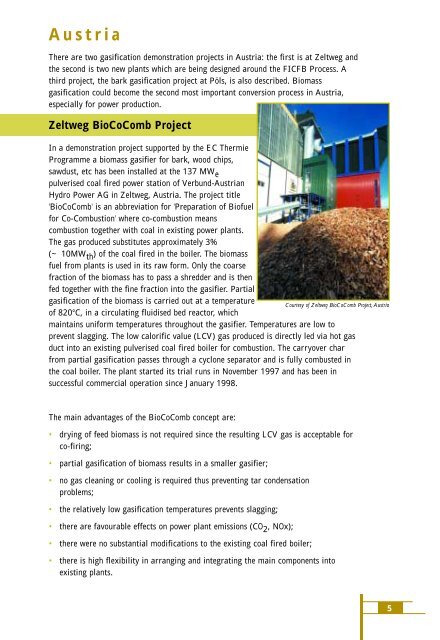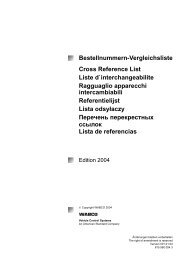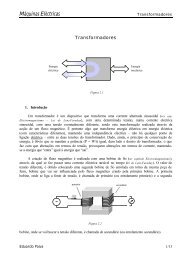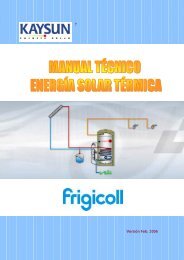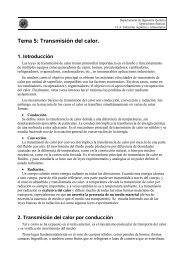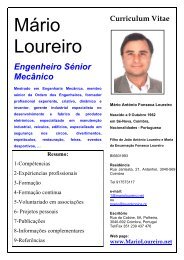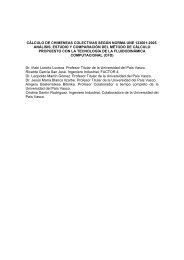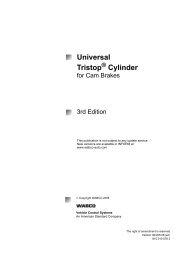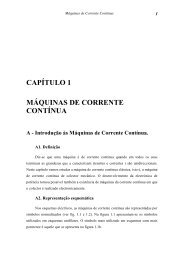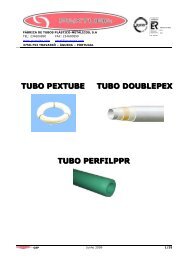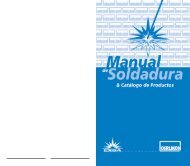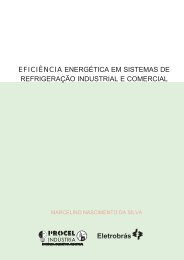Thermal Gasification of Biomass Introduction
Thermal Gasification of Biomass Introduction
Thermal Gasification of Biomass Introduction
You also want an ePaper? Increase the reach of your titles
YUMPU automatically turns print PDFs into web optimized ePapers that Google loves.
AustriaThere are two gasification demonstration projects in Austria: the first is at Zeltweg andthe second is two new plants which are being designed around the FICFB Process. Athird project, the bark gasification project at Pöls, is also described. <strong>Biomass</strong>gasification could become the second most important conversion process in Austria,especially for power production.Zeltweg BioCoComb ProjectIn a demonstration project supported by the EC ThermieProgramme a biomass gasifier for bark, wood chips,sawdust, etc has been installed at the 137 MW epulverised coal fired power station <strong>of</strong> Verbund-AustrianHydro Power AG in Zeltweg, Austria. The project title'BioCoComb' is an abbreviation for 'Preparation <strong>of</strong> Bi<strong>of</strong>uelfor Co-Combustion' where co-combustion meanscombustion together with coal in existing power plants.The gas produced substitutes approximately 3%(~ 10MW th ) <strong>of</strong> the coal fired in the boiler. The biomassfuel from plants is used in its raw form. Only the coarsefraction <strong>of</strong> the biomass has to pass a shredder and is thenfed together with the fine fraction into the gasifier. Partialgasification <strong>of</strong> the biomass is carried out at a temperature<strong>of</strong> 820°C, in a circulating fluidised bed reactor, whichmaintains uniform temperatures throughout the gasifier. Temperatures are low toprevent slagging. The low calorific value (LCV) gas produced is directly led via hot gasduct into an existing pulverised coal fired boiler for combustion. The carryover charfrom partial gasification passes through a cyclone separator and is fully combusted inthe coal boiler. The plant started its trial runs in November 1997 and has been insuccessful commercial operation since January 1998.Courtesy <strong>of</strong> Zeltweg BioCoComb Project, AustriaThe main advantages <strong>of</strong> the BioCoComb concept are:• drying <strong>of</strong> feed biomass is not required since the resulting LCV gas is acceptable forco-firing;• partial gasification <strong>of</strong> biomass results in a smaller gasifier;• no gas cleaning or cooling is required thus preventing tar condensationproblems;• the relatively low gasification temperatures prevents slagging;• there are favourable effects on power plant emissions (CO 2 , NOx);• there were no substantial modifications to the existing coal fired boiler;• there is high flexibility in arranging and integrating the main components intoexisting plants.5


